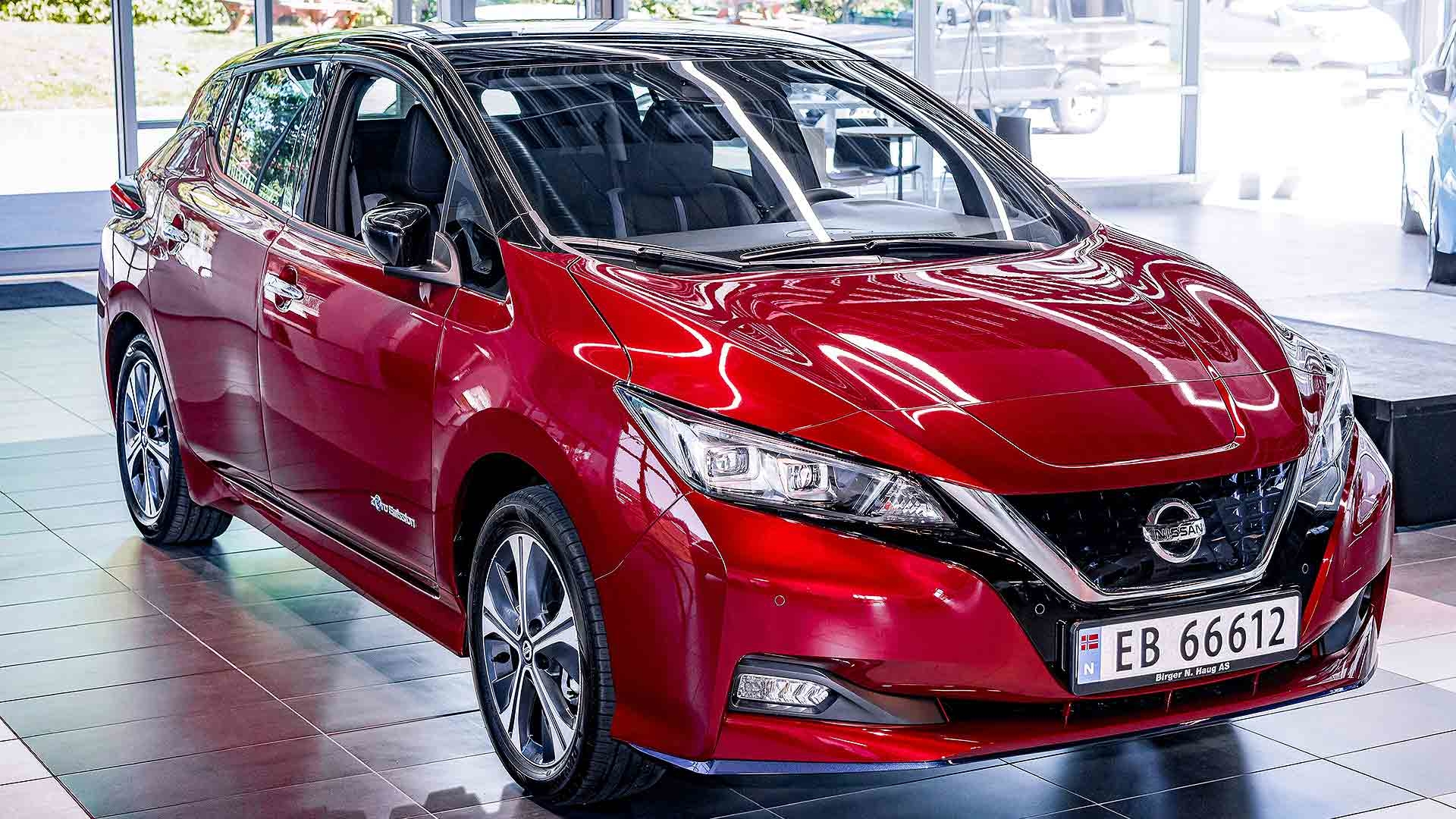
Emissions from Uber rides are 41 percent higher than the average privately owned vehicle, a new report reveals.
The significantly higher carbon emissions are because of the time Uber drivers spend without passengers in their vehicles.
In response, Uber has pledged to make all its rides in North America and Europe 100 percent zero emissions by 2030. It is also targeting 100 percent electric trips in London by 2025, and 50 percent of trips in Europe to be zero-emissions.
The FT has analysed Uber’s first-ever environmental impact report, looking at trips taken in the US and Canada between 2017 and 2019.
Improved algorithms had reduced emissions per passenger mile – but they were still significantly higher than regular vehicles.
Uber, however, insisted the service was still more environmentally friendly than driving a vehicle one-up, as well as other taxi services.
“This is a start and we expect to be judged by our actions,” said Uber CEO Dara Khosrowashahi.

Electrifying Uber
As part of its move towards electric cars, Uber has signed an MoU with the Renault Nissan Alliance to provide Uber drivers with affordable EVs, such as the Nissan Leaf pictured above.
A pilot is already operating in London, offering Uber App drivers access to cost-effective electric cars.
This will be extended to France later this year, then to the Netherlands, Portugal and other markets.
The aim is to give Uber users the chance to select a zero-emissions vehicle in 80 percent of European Uber regions by the end of 2021.
“By teaming up with Uber in the UK, we have already been able to increase the awareness and adoption of zero-emission vehicles, and we are looking forward to exploring how to roll that out further in Europe,” said Nissan Europe’s Jordi Vila
ALSO READ
Is Uber worse for the environment than driving yourself?
Uber gives free rides to NHS workers during coronavirus crisis